
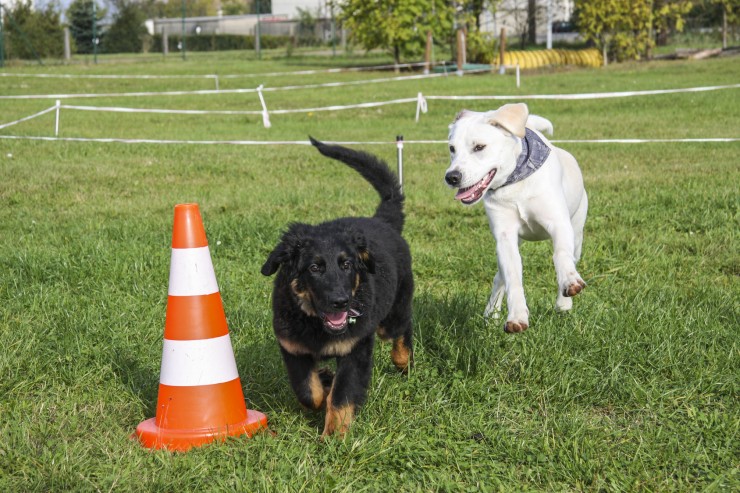
Canine rally is the newest dog sport to be formally recognised by The Kennel Club in the UK, and is a sport that any breed or type of dog, including mixed breeds, can take part in if they’ve got what it takes!
Rally is a team sport that involves dogs and handlers working together to navigate around a course that consists of numbered signs that indicate different exercises for the dog to execute. It can best be explained as a combination of obedience and heelwork, with obstacles, a sort of combination of heelwork and agility.
A course is laid out by the judge for competition or a lead trainer for practice and informal events, and then each dog and handler are expected to work briskly through the course of obstacles and exercises, without direction or intervention from the judge. Communication with the dog is vital, and handlers are encouraged to speak to the dog and reward them at each stage to keep them interested and keen to work!
As mentioned, dogs of any breed or type can compete, but in order to do so, they must first be registered with The Kennel Club’s activity register (which registers any type of dog involved in canine sport, regardless of breed) or the breed register for recognised pedigree dogs.
In this article, we will look at canine rally in more detail, including what is involved in it, what sort of dogs are likely to take well to it, and how to get involved. Read on to find out more!
Rally is a derivative sport that combines elements of heelwork and competitive obedience, with the key difference being that the competition takes place around a course, rather than in an open, empty space. Along and throughout the route of the course are up to fifteen different stations, and at each station, the dog is expected to perform a set exercise, determined by the judge or organiser.
It should take around four minutes to complete a course of fifteen obstacles, and the dog and handler are expected to cover the course at a brisk pace. While obedience competition involves direction around the course by the judge or one of their stewards, in rally, there is no input or intervention from the judge during the round, who remains silent throughout.
Prior to beginning the timed course with the dog, handlers first walk the course alone, in order to get to grips with the lie of the land and the exercises that they need ask their dog to perform.
Rally competitions are staged at different levels, to suit the level of ability and prowess of different dogs, ranging from levels one and two at the lower end of the spectrum, where dogs compete on a lead, which should be loose and not used to provide considerable direction.
Verbal commands and praise are the keys to successful rally competition, and handlers are expected to control and direct the dog virtually entirely by means of verbal commands, which should be based on the principles of positive reinforcement, and with harsh chastisement or physical punishment penalised very heavily.
The higher levels of rally are conducted with the dog off the lead, with the intention of improving and demonstrating the handler’s ability to work with the dog and control the dog without the need for physical intervention.
The beginning of a round sees competitors starting with a perfect score of 200 points, and mistakes, inaccuracies, disobedience or the use of chastisement throughout the course all lead to the deduction of points. Rally trials are organised in knock-out rounds, with a score of 170 points or more needed for progress to the next level.
The finishing order and placement results in determining the winners and runners up in each specific rally competition, but the system itself and progression to higher levels of competition are points-based, and do not depend on winning the entire class.
Rally is a unique and interactive sport that demands excellent communication between the dog and their handler, almost perfect obedience, high intelligence, and good physical fitness. While attaining the highest speed to pass through the course is not the main point of rally, dogs are expected to move smoothly and quickly along the route, without gaps or pauses between the obstacles.
Any size, breed or type of adult dog can potentially take part in rally, and the sport sees as many mixed breed competitors, if not more, than it does purebred registered pedigrees.
The combination of traits required for rally are not dissimilar to those involved in obedience or agility competition, and some of the breeds that generally take well to such sports include the Hungarian Vizsla, the Springer spaniel, the Labrador retriever, the German shepherd and the Jack Russell, as well as any other dog that is smart, lively, responsive and likes to learn!
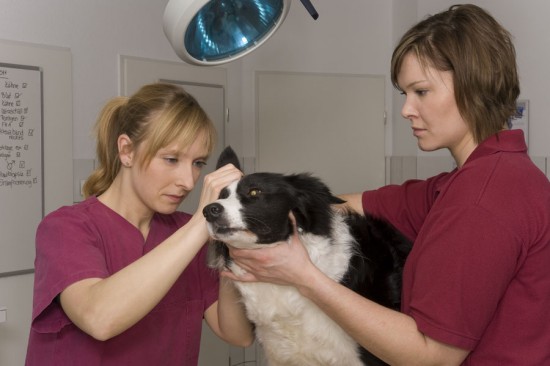 All About Ear Mites In Pets
All About Ear Mit
All About Ear Mites In Pets
All About Ear Mit
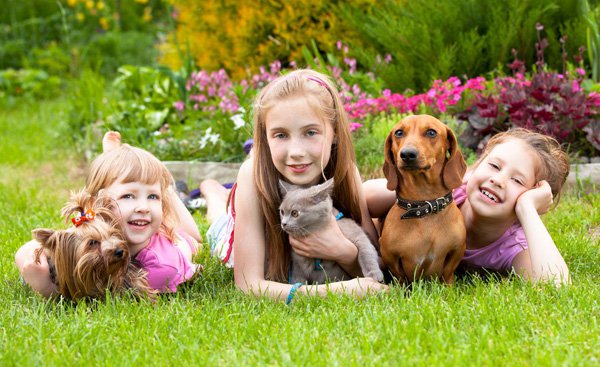 Shopping From the Best Online Pet Store in Ipswich Is a Delight for the Pet Owner
Shopping From the Best Online Pet Store in Ipswich Is a De
Shopping From the Best Online Pet Store in Ipswich Is a Delight for the Pet Owner
Shopping From the Best Online Pet Store in Ipswich Is a De
 How Cats Learn Things
How Cats Learn Th
How Cats Learn Things
How Cats Learn Th
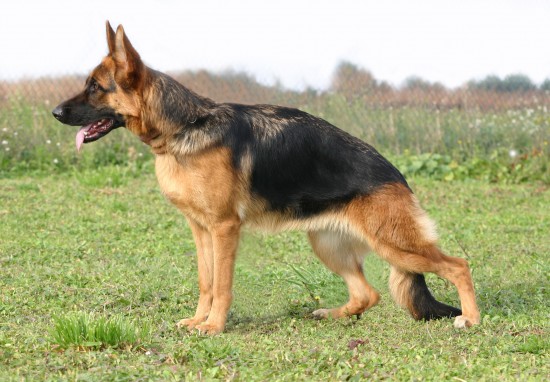 Health Issues Commonly Seen In German Shepherds
Health Issues Com
Health Issues Commonly Seen In German Shepherds
Health Issues Com
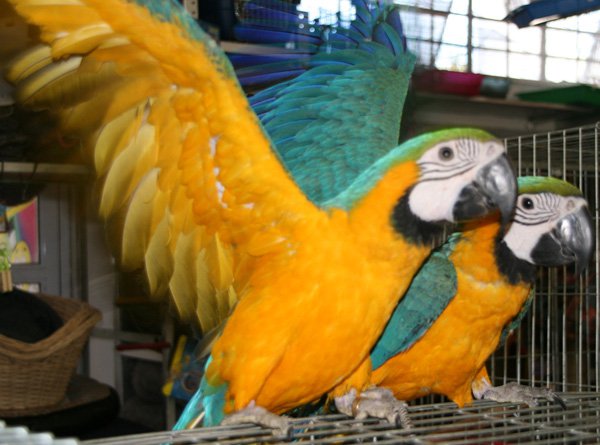 Addiction Pet Food And Its Storage Options
Addiction Pet Food And Its Storage Options
Raw
Addiction Pet Food And Its Storage Options
Addiction Pet Food And Its Storage Options
Raw
Copyright © 2005-2016 Pet Information All Rights Reserved
Contact us: www162date@outlook.com